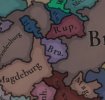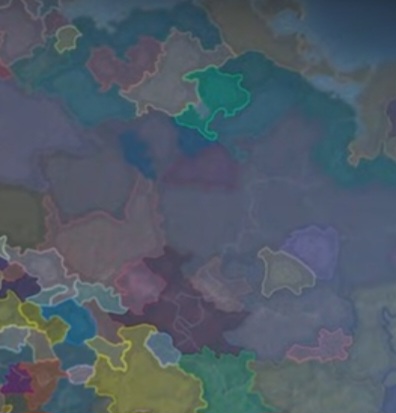

It seems like they removed the bishopric of Brandenburg from the game, was this because they owned the location of Brandenburg which historically was the capital if the Margraviate? I don't like this solution, why not just spilt it in two with Ziesar(the residence of the bishop) like you did with other bishoprics?
- 7

